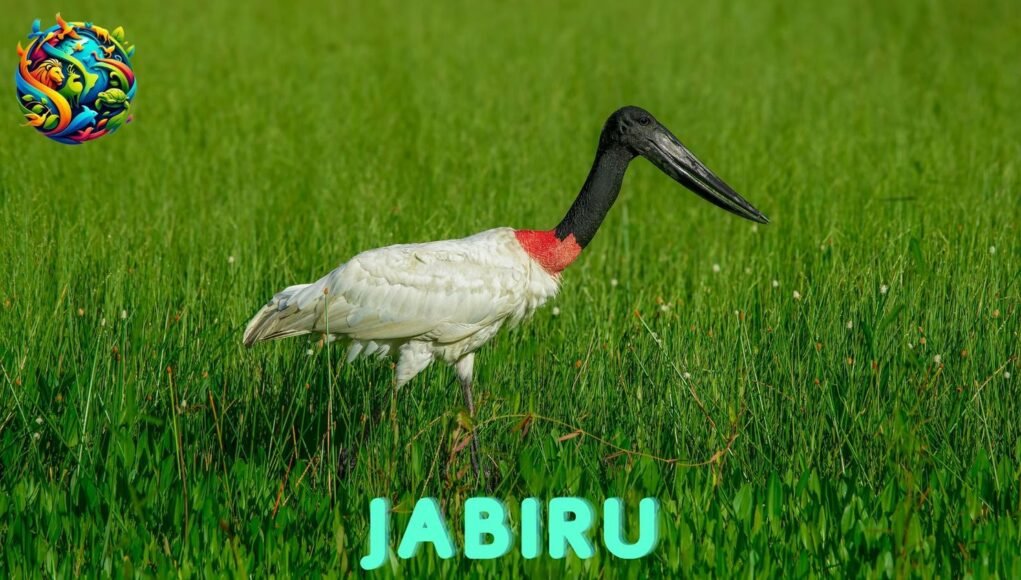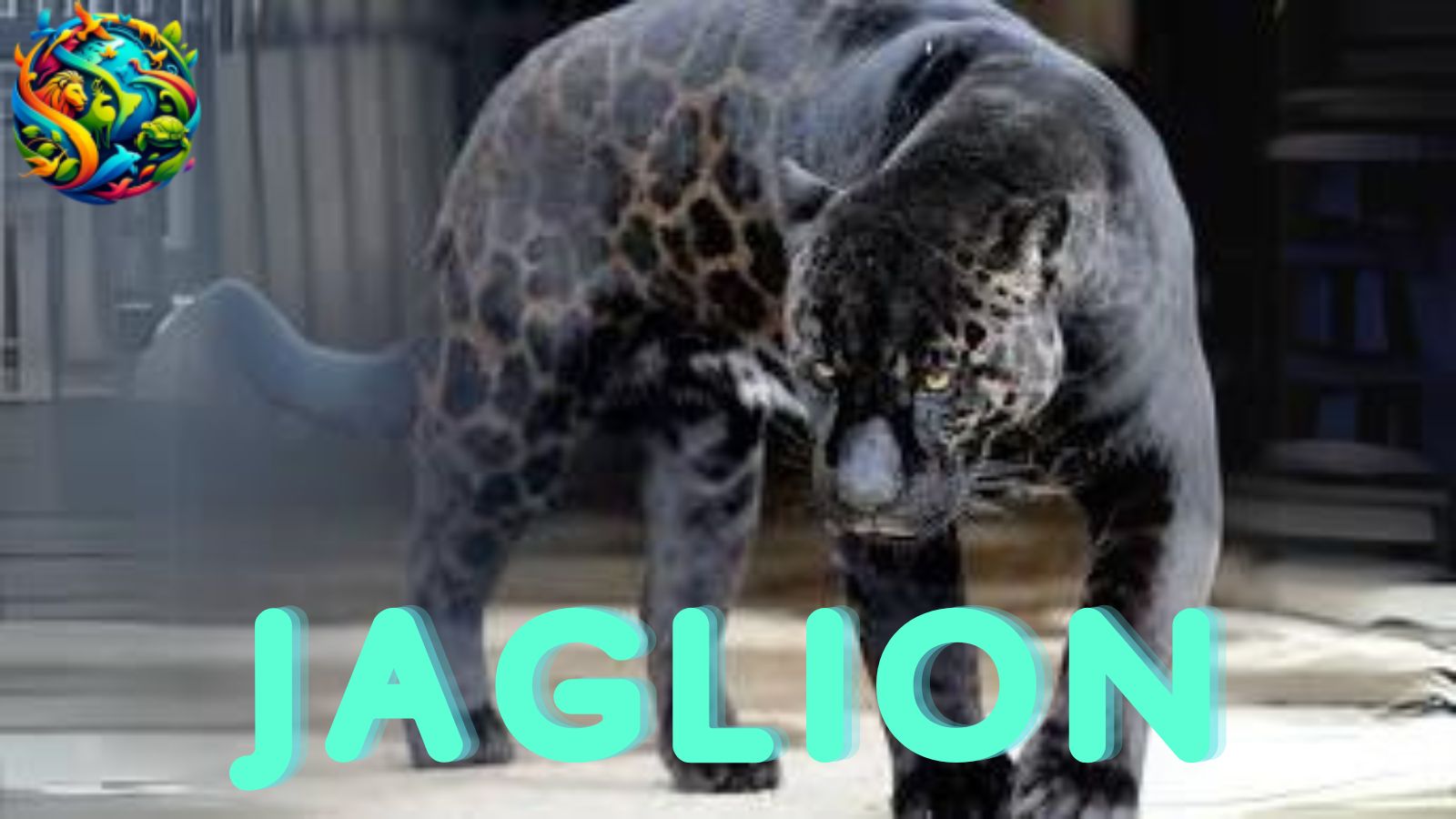Introduction
In the rich tapestry of the world’s ecosystems, the jabiru stork stands out as one of nature’s largest and most striking residents. Found primarily in the wetlands of South America and parts of Australia, this majestic bird commands attention not only for its size but also for its unique role in the ecosystem. Much like the landscapes it inhabits, the stork evokes a profound sense of wonder, inviting awe from every observer and encouraging humans to reflect on their connection to nature.
Incredible Facts about the Bird
- Size Matters: This species measures up to 1.5 meters (approximately 5 feet) tall, boasting a wingspan that can exceed 3 meters (10 feet).
- Distinctive Beak: With a formidable, serrated bill measuring up to 30 centimeters (nearly 12 inches), it is perfectly adapted for hunting fish and frogs in shallow waters.
- Courtship Behavior: During mating season, the male showcases an impressive display, with elaborate gestures and calls that resonate across the wetlands.
- Nesting Habits: These birds build massive nests high in trees, typically around wetlands, providing safety from land predators.
Physical Traits & Adaptations
The jabiru bird’s physical adaptations are a testament to its life as one of the premier large water birds inhabiting tropical wetlands. One of the most notable features is its large, billowing wings, which are perfectly designed for soaring over vast distances while searching for food. This soaring capability enables the bird to keep an eye on its surroundings, spotting potential prey from high above.
Another critical trait lies in its striking coloration. The plumage showcases a contrasting palette of black, white, and deep red. This striking combination serves several purposes: it helps the bird blend into the marshy landscapes while also signaling readiness to mate. The vibrant plumage not only delights the eyes but also communicates strength and vitality in the wild.
The jabiru, an emblem of the wetlands, teaches us that the delicate balance of life thrives only through the intricate connections between every species.
This remarkable stork is not just a spectacle but a vital part of its ecosystem. As it deftly roams the wetlands, it takes on the role of a keystone species, helping control fish populations and contributing to the biodiversity that sustains these wetlands. While pursuing its prey, it stirs up the aquatic environment, benefiting smaller creatures and fostering a lively ecosystem.
Habitat and Ecosystem
Natural Range
The species, scientifically known as Jabiru mycteria, finds its home in the vibrant wetlands and riversides of tropical and subtropical regions, with a notable presence in the Pantanal, Brazil’s vast tropical wetland. This biome, teeming with diverse flora and fauna, serves as an ideal environment for the stork, where it thrives among the interconnected systems of waterways, marshlands, and savannas. The bird is often seen wading through shallow waters, gracefully utilizing its long legs and massive wingspan to navigate its dynamic habitat. These environments not only provide food but also crucial nesting sites atop tall trees or in the tall grasses lining the water’s edge.
Climate and Adaptation
In the Pantanal and similar ecosystems, the climate plays an essential role in the bird’s lifestyle. The region experiences distinct wet and dry seasons, with the wet season transforming the flat landscape into a mosaic of water pools and lush vegetation. The stork has adapted to these fluctuations; during the wet season, it takes advantage of the abundant food supply in the floodplains, which are rich in fish, amphibians, and invertebrates. Conversely, in the dry season, it may migrate within its range in search of remaining water bodies. Its adaptability and robust physique make it a resilient component of the wetlands’ ecology.
Diet and Feeding Behavior
Its diet consists primarily of fish, frogs, and crustaceans, making it a proficient hunter in watery environments. The feeding behavior is characterized by a slow, deliberate stalking motion as it wades through the shallows, using keen eyesight to spot potential prey. With its elongated, pointed bill, it is adept at spearing unsuspecting prey from the water. This feeding strategy showcases both physical prowess and its role as a critical player in the aquatic ecosystem.
Predators and Threats
In the Wild
While adults face relatively few natural threats due to their large size, younger birds are more vulnerable. Predators such as caimans, large birds of prey, and snakes pose potential risks to chicks. The nests, often situated high in trees, provide some safety, but fledglings face peril during their first flights.
Human Impact
Human activity poses a greater threat, particularly through habitat destruction and degradation. The expansion of agriculture, urban development, and pollution have led to the draining of wetland areas, disrupting the ecological balance that these storks rely upon. Climate change further exacerbates these issues, altering rainfall patterns and affecting wetlands’ seasonal cycles.
Conservation Efforts
Recognizing the need to protect these majestic birds and their habitats, conservation efforts are underway in regions like the Pantanal. Organizations are working to preserve wetlands, promote sustainable land-use practices, and raise awareness about their importance. Protected areas are being established to safeguard crucial nesting sites and feeding grounds, allowing populations to recover and thrive.
Species and Classifications
This bird, known scientifically as Jabiru mycteria, is a striking large wading species that captures the imagination of all who behold it. With its tall stature, long neck, and striking plumage, it stands as a symbol of wetland habitats in parts of Central and South America.
While Jabiru mycteria is the primary species, other storks such as the African jabiru or Jabiru leucocephalus provide a fascinating comparison. The African relative showcases a more reserved black coloration compared to the South American counterpart’s white feathers. The black-necked stork (Ephippiorhynchus asiaticus) adds another layer of contrast, featuring a unique curved bill and colorful plumage that distinguishes it further.
Mating, Family, and Communication
These storks are solitary but come together during the breeding season, creating a spectacle that draws both curiosity and admiration. Their courtship ritual is dramatic and involves aerial dances, wing flapping, and calls that echo across the wetlands. Observing one gracefully swirling and diving against a dusky sunset is unforgettable.
Once paired, communication continues through deep, guttural calls that carry across marshes. When nurturing their young, both parents contribute to feeding and protection. A touching example comes from a rural wetland in South America, where a pair was seen caring for a single chick named “Danza” by locals — a reminder of the deep connection between nature and community.
Humans and the Bird
The stork has become a powerful symbol across various cultures, representing resilience and the delicate balance of wetland ecosystems. In some Indigenous traditions, sightings of the bird are celebrated, believed to herald changes in weather or signify regional health. Artists and storytellers often interpret its image in folklore, paintings, and conservation education.
Additionally, the species features prominently in documentaries and children’s books designed to inspire appreciation for wildlife preservation. Its role extends beyond being a wetland inhabitant — it serves as an ambassador for conservation awareness worldwide.
Pronunciation in Major Languages
- English – jabiru
- Spanish – jabirú
- Portuguese – jaburu
- French – jabiru
The jabiru, with its majestic stature and cultural significance, stands as a reminder of the beauty and fragility of nature. Exploring its life deepens our understanding of both the species and our shared ecosystems.
FAQs
What is a jabiru?
A jabiru is a large stork native to wetlands in Australia and South America, known for its height and striking black-and-white plumage.
Where can it be found?
You can find it in wetlands, swamps, and floodplains across tropical regions, especially in northern Australia and Brazil’s Pantanal.
What does it eat?
It feeds mainly on fish, amphibians, and invertebrates, using its long bill to capture prey.
Are they social?
Generally solitary, but often seen in pairs or small groups during breeding season.
How do they nest?
They build large stick nests high in trees and often return to the same site each year.
Learn more on Wikipedia.





This is really interesting, You’re a very skilled blogger. I’ve joined your feed and look forward to seeking more of your magnificent post. Also, I’ve shared your site in my social networks!
Your writing has a way of resonating with me on a deep level. I appreciate the honesty and authenticity you bring to every post. Thank you for sharing your journey with us.
Your place is valueble for me. Thanks!…